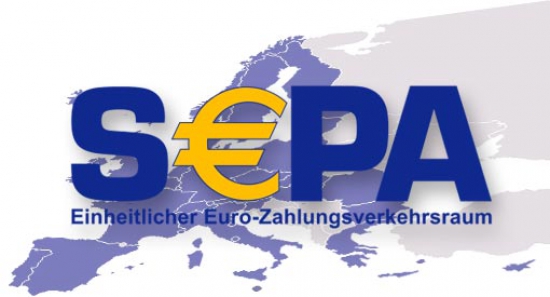SEPA consists of 33 European countries and also includes countries that are not part of the euro area and the European Union such as Iceland, Liechtenstein, Monaco, Norway and Switzerland.
The SEPA project focuses on three payment instruments:
- credit transfer (SCT),
- direct debits (DD)
- payment cards
These schemes are defined in rulebooks that cover the rules, practices and standards applicable to SEPA payment instruments.
Main feature of SEPA
- A harmonised legal basis:
July 2009: Transposition of the Payment Services Directive (PSD) into national law (Zahlungsdienstegesetz ZaDiG).The PSD provides a harmonised legal framework for payments in the European Union, which is necessary for the smooth functioning of SEPA. The PSD is not restricted to euro transactions, but applies to all payment services in all EU currencies within the European Union, at cross-border as well as national levels.
November 2009: Prices for cross-border transactions (credit transfer as well as direct debit transaction) within the European Union had to sink to the level of national transactions.
March 2012: Regulation No 260/2012 came into effect establishing technical and business requirements for credit transfers and direct debits in euro. The regulation stipulates 1 February 2014 as the end date for migration to SEPA credit transfers and SEPA direct debits in the euro area. - Common technical standards: To facilitate cross-border and national transactions, common standards, processes and formats (XML) were established.
- A single set of payment instruments in euro (credit transfer, direct debit, cash cards)



